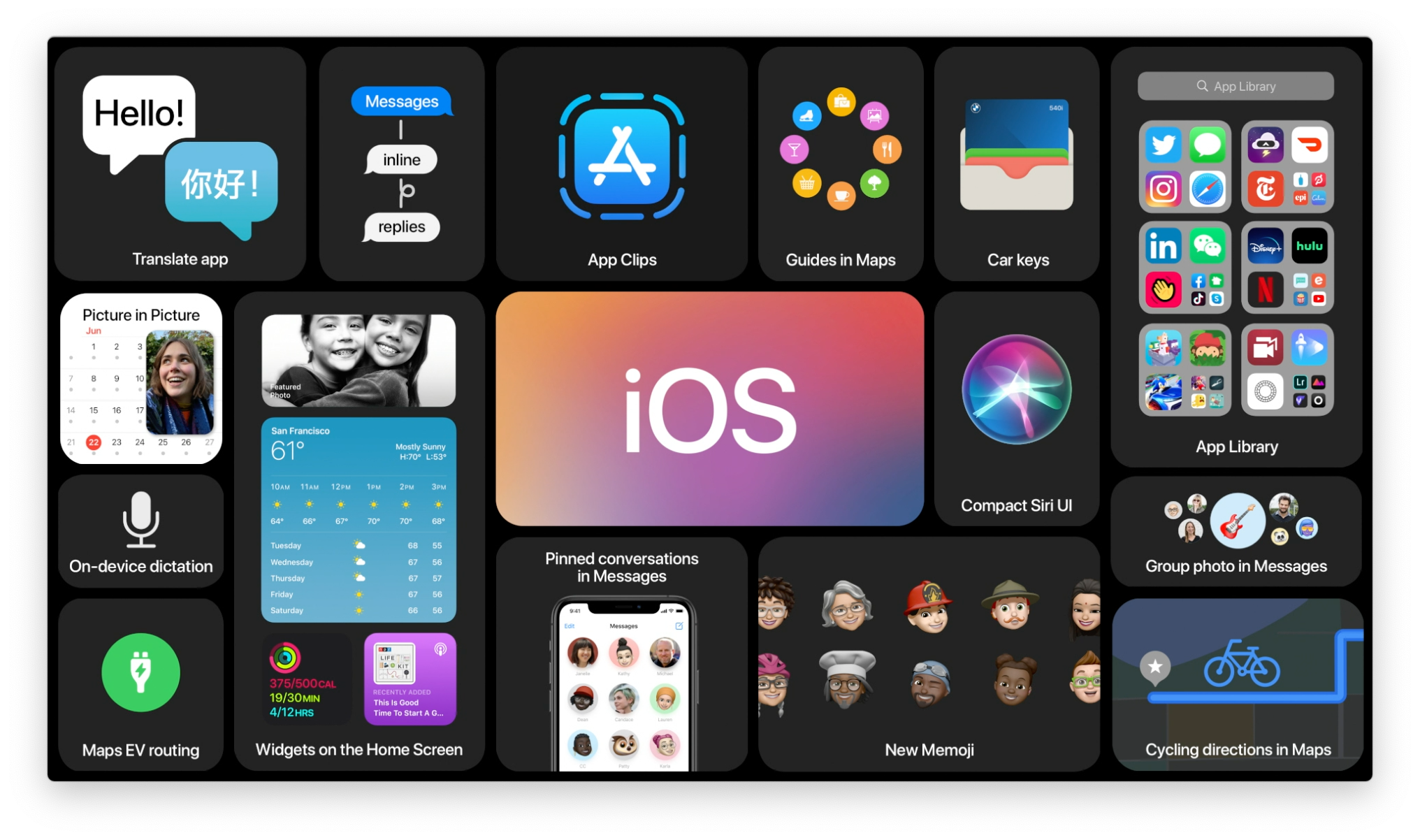
Study Overview
Introduction
A comprehensive analysis of iOS, examining every facet of Apple's genius and revealing why this operating system has become so successful among the 900 million individuals worldwide who use it.
Objective
My objective for this case study is twofold: to showcase my comprehension of iOS and to document the psychological underpinnings behind each of its functions, illuminating how Apple manages to craft a user experience that is both intuitive and effortless.
Modules
Introduction
iOS: A micro perspective
iOS: A macro perspective
A Flawless Combination
Takeaway
Introduction
Have we ever taken the time to reflect on the elements of the iPhone that consistently capture our attention and loyalty? While its top-tier hardware integration certainly plays a role, the iOS software is equally essential in creating a seamless and satisfying user experience.
As a former employee of the Apple retail store located in Vancouver, British Columbia, Canada, I had the privilege of not only selling hundreds of Apple products each week, but also spending considerable time experimenting with each of the devices and testing out the software that accompanies them. This experience left a lasting impression on me, as I found myself utterly captivated by the high-quality offerings and user-friendly designs of Apple's devices and software.
Goal Statement
To begin, Apple’s digital ecosystem is what makes the experience phenomenal. From AirDrop to HandOff, Apple has done a splendid job of creating
Have we ever wondered what is it about iPhones that fascinate us so much? Apart from its top-tier hardware integration, iOS plays a major role in the creation of a seamless user experience.
I used to work at the Apple retail store in Vancouver, British Columbia in Canada, and apart from selling hundreds of Apple products a week, I got the opportunity to play around with all its devices and try out the software for each & every Apple device and must admit, I was hooked.
iOS: A Micro Perspective
Design
Simple and clean design: Apple's products have a minimalist design that emphasizes simplicity and clarity.
Consistency: Apple maintains consistency across its products, ensuring that users have a familiar experience regardless of the device they use.
Intuitive user interface: Apple's user interface is designed to be intuitive and easy to use, with clear icons and straightforward navigation.
Attention to detail: Apple pays attention to even the smallest details of its products, such as the spacing between letters or the curve of a button.
Quality materials: Apple uses high-quality materials in its products, such as aluminum and glass, to create a premium feel.
Human-centered design: Apple places the user at the center of its design process, considering how people will use and interact with its products.
Emphasis on typography: Apple uses typography as a key design element in its products, using fonts that are easy to read and visually appealing.
Iconic branding: Apple's branding, including its logo and product design, is instantly recognizable and iconic.
Focus on usability: Apple prioritizes usability in its design, making sure that its products are easy to use and understand for people of all skill levels.
Integration of hardware and software: Apple seamlessly integrates its hardware and software to create a cohesive and intuitive user experience.
Features
Face ID: These are biometric security features that allow users to unlock their device and make purchases using their fingerprint or face. This micro feature enhances security and convenience for the user.
Siri: This micro feature is a virtual assistant that responds to voice commands and can perform various tasks, such as setting reminders or sending messages.
Control Center: This micro feature provides quick access to frequently used settings, such as brightness, volume, and Wi-Fi, allowing users to adjust them with a single swipe.
Haptic Feedback: This micro feature provides users with subtle vibrations and taps that provide feedback when they interact with their device, such as typing on the keyboard or tapping on an app icon.
3D Touch: This micro feature allows users to perform different actions by applying varying levels of pressure to the screen, providing a more intuitive and responsive user experience.
Dim Display
Functionality





